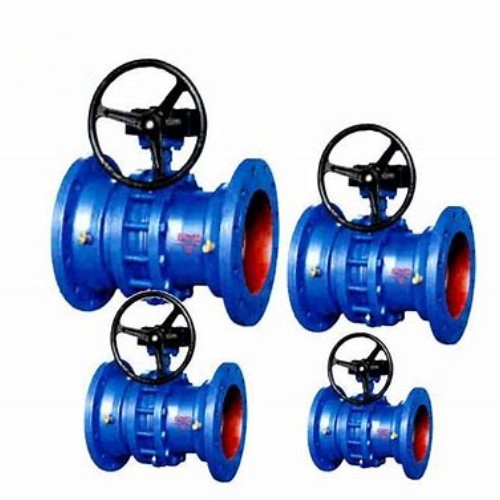Gate Valve Fitting Installation and Maintenance for Optimal Performance
Understanding Gate Valve Fittings A Comprehensive Overview
Gate valve fittings are crucial components in various piping systems, used predominantly to regulate the flow of liquids and gases. Their design allows for a straight-line flow of fluid with minimal pressure drop, making them ideal for on/off control applications. This article delves into the features, advantages, and applications of gate valve fittings, providing insights for engineers, designers, and maintenance professionals alike.
At the core of a gate valve fitting is its gate mechanism, which consists of a wedge-shaped metal gate that can be raised and lowered. When the valve is fully open, the gate is lifted out of the flow path, allowing for unobstructed fluid movement. Conversely, when closed, the gate is positioned against a sealing surface, preventing fluid from passing through. This mechanism is particularly advantageous when a complete shut-off is required, offering reliable sealing properties that minimize leakage.
One of the primary advantages of gate valve fittings is their ability to handle a wide range of pressures and temperatures. They are manufactured from various materials, including cast iron, stainless steel, and bronze, enabling their use in diverse environments, from water supply systems to gas pipelines and high-pressure industrial processes. The flexibility in material selection allows for resistance against corrosion, ensuring longevity and operational efficiency.
gate valve fitting

Moreover, gate valves can be operated manually or through automated systems, providing versatility in their application. Handwheel-operated valves are common in smaller systems, while larger, automated versions are typically utilized in industrial settings where remote control is necessary. The ease of operation associated with gate valves enhances their functionality in complex piping systems.
Despite their many advantages, it is important to note that gate valves are not suitable for throttling service. When partially opened, they can cause turbulence and erosion, leading to premature wear. For applications requiring flow regulation, other types of valves, such as globe or ball valves, may be more appropriate.
In terms of installation, gate valve fittings are designed to be either flanged or threaded, allowing for easy integration into existing piping systems. Proper alignment during installation is essential to ensure optimal performance and prevent mechanical failure. Regular maintenance, including inspection for wear and tear and ensuring the sealing surfaces are clean, is also crucial for extending the lifespan of gate valves.
In conclusion, gate valve fittings are indispensable in managing the flow of fluids in various industries. Their design, functionality, and adaptability make them a preferred choice for applications requiring a reliable shut-off. By understanding the operational principles and proper maintenance practices, users can ensure the efficient performance of gate valves in their systems.
-
Breakthrough in Domestic Low Temperature Valve Technology in ChinaNewsAug.18,2025
-
From Machinery to Intelligent Brain: The Digital Transformation Wave of the Valve IndustryNewsAug.18,2025
-
PCVEXPO 2025NewsAug.18,2025
-
The Key to Fluid Control: Exploring the Advantages of Ball Valves in Industrial SystemsNewsJul.09,2025
-
The Versatile World of 1, 2, and 3 Piece Ball ValvesNewsJul.09,2025
-
Stainless Steel Ball Valves: The Ideal Choice for Efficient Flow ControlNewsJul.09,2025
-
Optimizing Fluid Control with Ball Float ValvesNewsJul.09,2025




